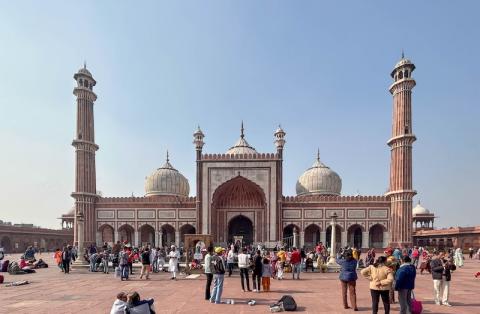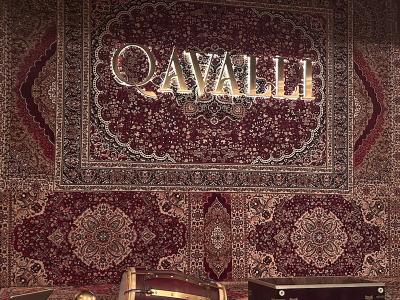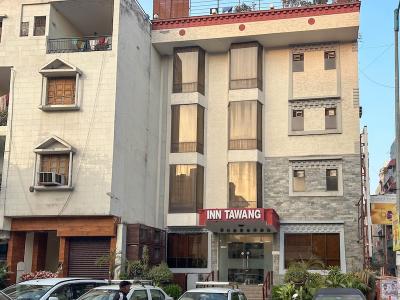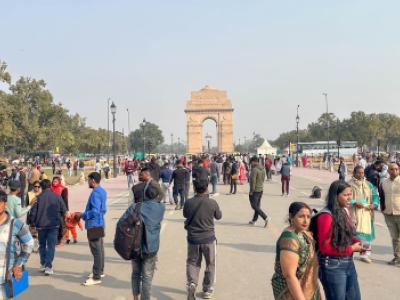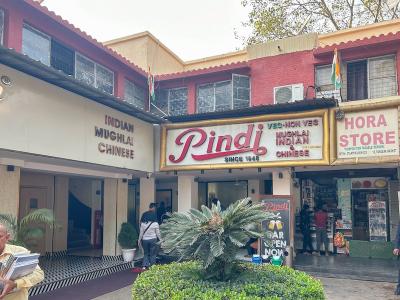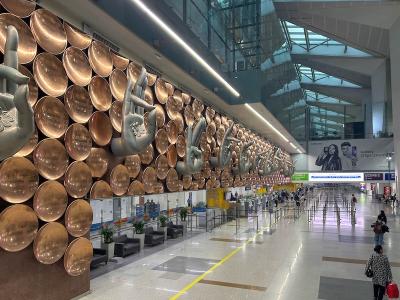Masjid-i-Jehan-Numa, commonly known as the Jama Masjid of Delhi, is one of the largest mosques in India.
It was built by the Mughal emperor Shah Jahan between 1644 and 1656, and inaugurated by its first Imam, Syed Abdul Ghafoor Shah Bukhari. Situated in the Mughal capital of Shahjahanabad (today Old Delhi), it served as the imperial mosque of the Mughal emperors until the demise of the empire in 1857.
The Jama Masjid was regarded as a symbolic gesture of Islamic power across India, well into the colonial era. It was also a site of political significance during several key periods of British rule. It remains in active use, and is one of Delhi's most iconic sites, closely identified with the ethos of Old Delhi.
I had a chance to visit this mosque at the end of December 2023, during our 3 week trip to India. Our tour here was arranged by a tour company.

The mosque has two names. The older one, bestowed by Shah Jahan, is Masjid-i-Jehān-Numā, interpreted as "mosque that reflects the whole world", probably an allusion to the Jām-e-Jehān Numā. The other more common one is Jāmā Masjid (Urdu: جامع مسجد, from the Arabic meaning "congregational mosque"), which emerged among the common populace.
The term 'Jama Masjid' is not unique to this mosque; since the 7th century, it has been used to denote the community mosque or Friday mosque, and hence many around the world bear this name and variants of it.

The mosque is located within the historic city of Shahjahanabad, today known as the locality of Old Delhi. Across from the mosque are the Red Fort and Sunehri Masjid. As one of the focal points of Old Delhi, Jama Masjid is surrounded by various commercial centres, such as the historic Chandni Chowk. The tomb of Abul Kalam Azad, Indian independence activist, is located adjacent to the mosque.

Our guide was very into trading, we had a chance to discus a lot import/export.

Author of this blog with family at Jama Masjid Mosque, Delhi, December 17, 2023
The Jama Masjid serves as Delhi's primary mosque and has a largely congregational function. The Muslims of the city traditionally gather here to offer communal Friday prayer, as well as for major festivals such as Eid. The mosque is also a major tourist attraction, and derives a significant amount of income through the visits of foreigners.
The function of the mosque as an autonomous political space has continued in the modern era. For example, in 2001 (in the aftermath of the 9/11 attacks) the mosque was a site of protest against U.S bombings in Afghanistan. In 2019, massive protests occurred at the site due to the controversial Citizenship Amendment Act.
